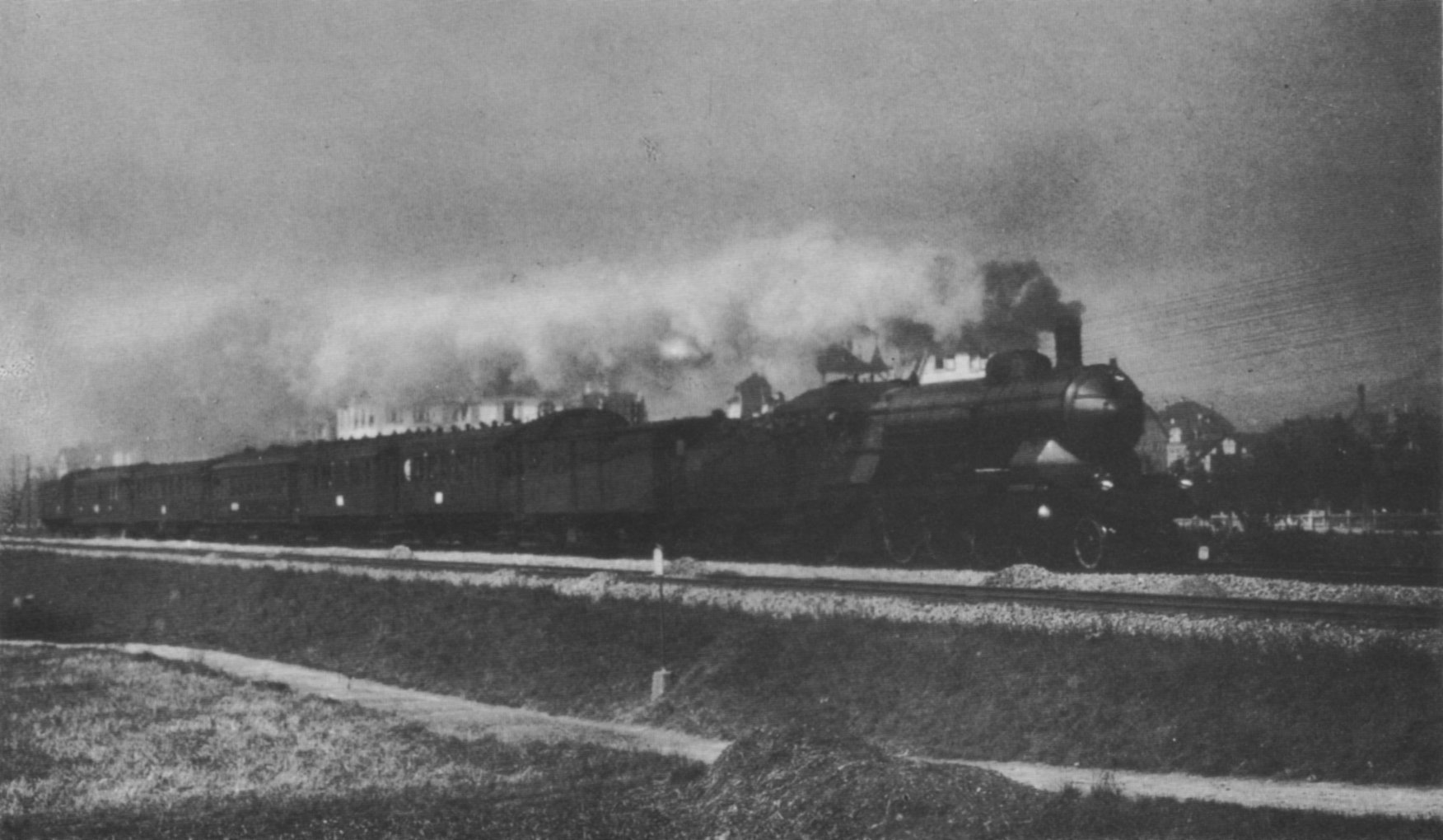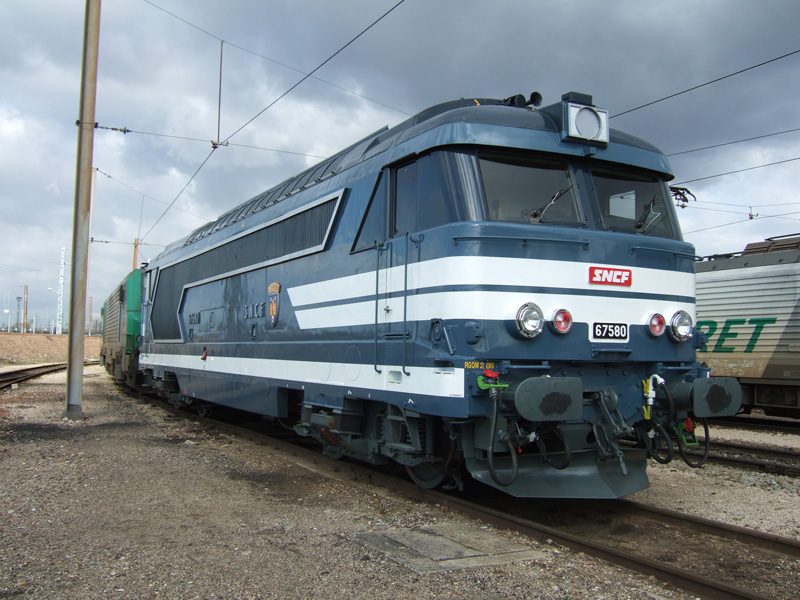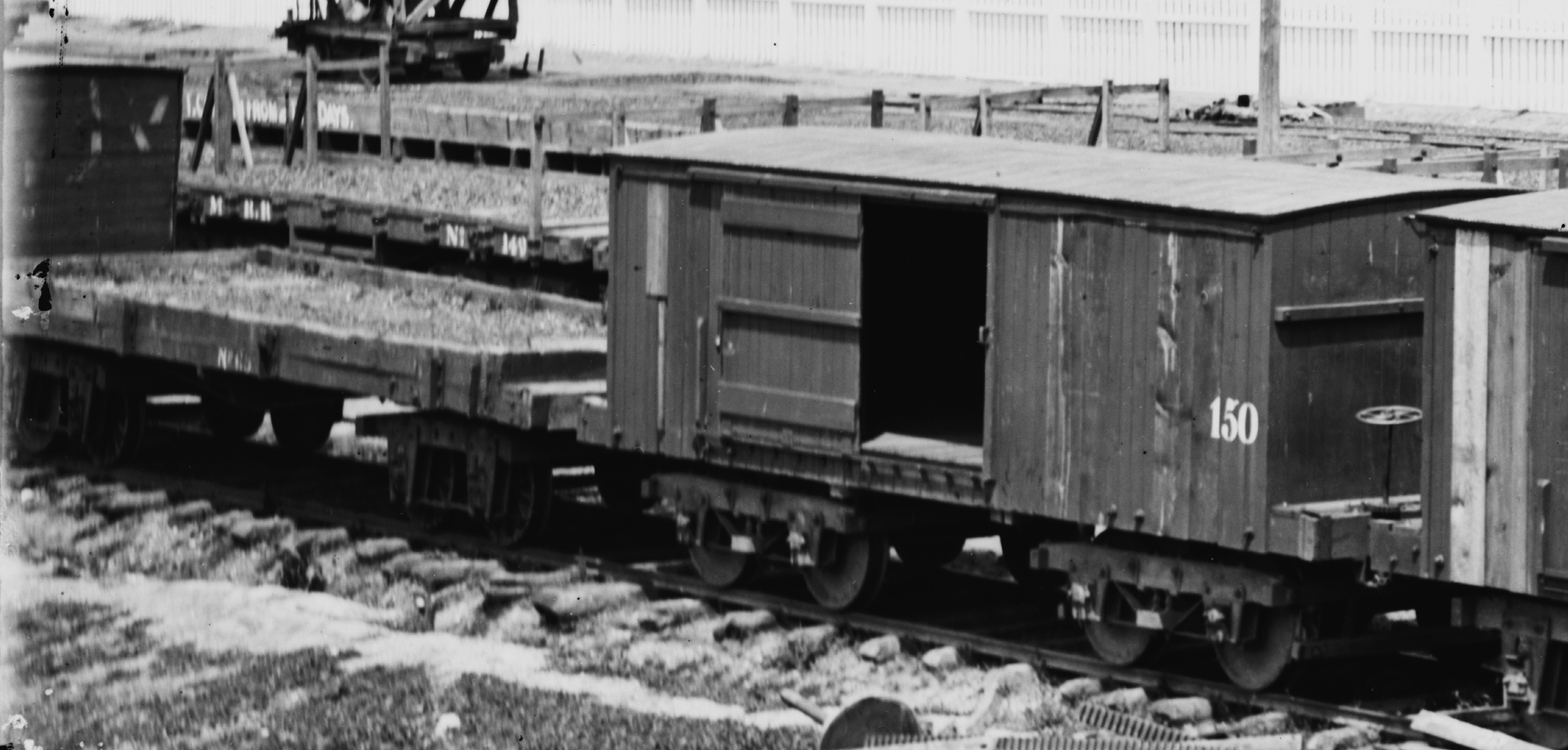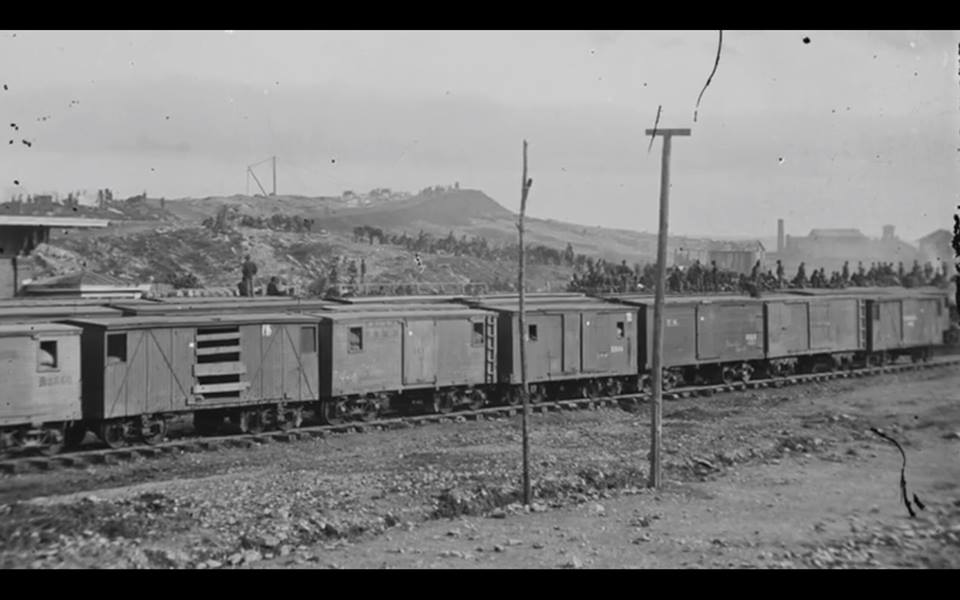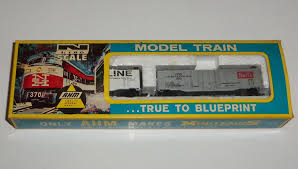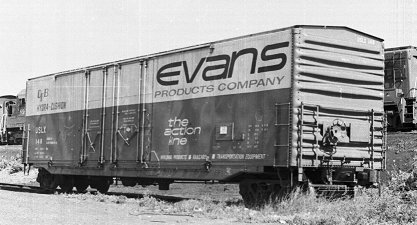History: The 41 C class locomotives were built between 1909 and 1921 by Maschinenfabrik Esslingen. They were designed from the outset for the steep gradients in Württemberg and therefore had smaller driving wheels with only a 1,800 mm diameter. Despite being the smallest engines with a Pacific configuration, they were economical, yet at the same time very powerful. In all, 41 units of this class were manufactured.
The appearance of the locomotives was relatively unusual at the time. Striking features included the outside subframe and the streamlined shape of the driver's cab and smokebox, resembling that of the Bavarian S 2/6 4-4-4 express locomotive and the later S 3/6 Pacifics. The locomotives were also known as "the beautiful Württemberg lass" (die schöne Württembergerin) due to this unique form.
After the First World War, three engines were given to France where they became the État class 231 and one to Poland where it became the sole example of the Om101 class. The remaining 37 were taken over by the Deutsche Reichsbahn as DRG Class 18.1, where they were given the running numbers 18 101–137. They were even taken over by the Deutsche Bundesbahn, but retired by 1955. The last two examples were numbers 18 133 and 18 136, which were stabled in Ulm during their final years.
From Wikipedia
The appearance of the locomotives was relatively unusual at the time. Striking features included the outside subframe and the streamlined shape of the driver's cab and smokebox, resembling that of the Bavarian S 2/6 4-4-4 express locomotive and the later S 3/6 Pacifics. The locomotives were also known as "the beautiful Württemberg lass" (die schöne Württembergerin) due to this unique form.
After the First World War, three engines were given to France where they became the État class 231 and one to Poland where it became the sole example of the Om101 class. The remaining 37 were taken over by the Deutsche Reichsbahn as DRG Class 18.1, where they were given the running numbers 18 101–137. They were even taken over by the Deutsche Bundesbahn, but retired by 1955. The last two examples were numbers 18 133 and 18 136, which were stabled in Ulm during their final years.
From Wikipedia
Railroad/Company: Maschinenfabrik Esslingen (ME), was a German engineering firm that manufactured locomotives, tramways, railway wagons, roll-blocks, technical equipment for the railways, (turntables and traversers), bridges, steel structures, pumps and boilers.
It was founded by Emil Kessler on 11 March 1846 in Stuttgart, as a result of an initiative of the Kingdom of Württemberg to create a railway industry that was not dependent on foreign manufacturers. Emil Kessler brought vital experience from his time with the engineering works in Karlsruhe, where he had been a member of the board since 1837 and the sole director since 1842.
From Wikipedia
It was founded by Emil Kessler on 11 March 1846 in Stuttgart, as a result of an initiative of the Kingdom of Württemberg to create a railway industry that was not dependent on foreign manufacturers. Emil Kessler brought vital experience from his time with the engineering works in Karlsruhe, where he had been a member of the board since 1837 and the sole director since 1842.
From Wikipedia
Item Links: We found: 1 different collections associated with Rail - Locomotive - 4-6-2, Württemberg C
- Collection N Scale Model Trains: 3 different items.
Item created by: gdm on 2018-04-18 08:34:21. Last edited by gdm on 2018-04-18 08:36:29
If you see errors or missing data in this entry, please feel free to log in and edit it. Anyone with a Gmail account can log in instantly.
If you see errors or missing data in this entry, please feel free to log in and edit it. Anyone with a Gmail account can log in instantly.


